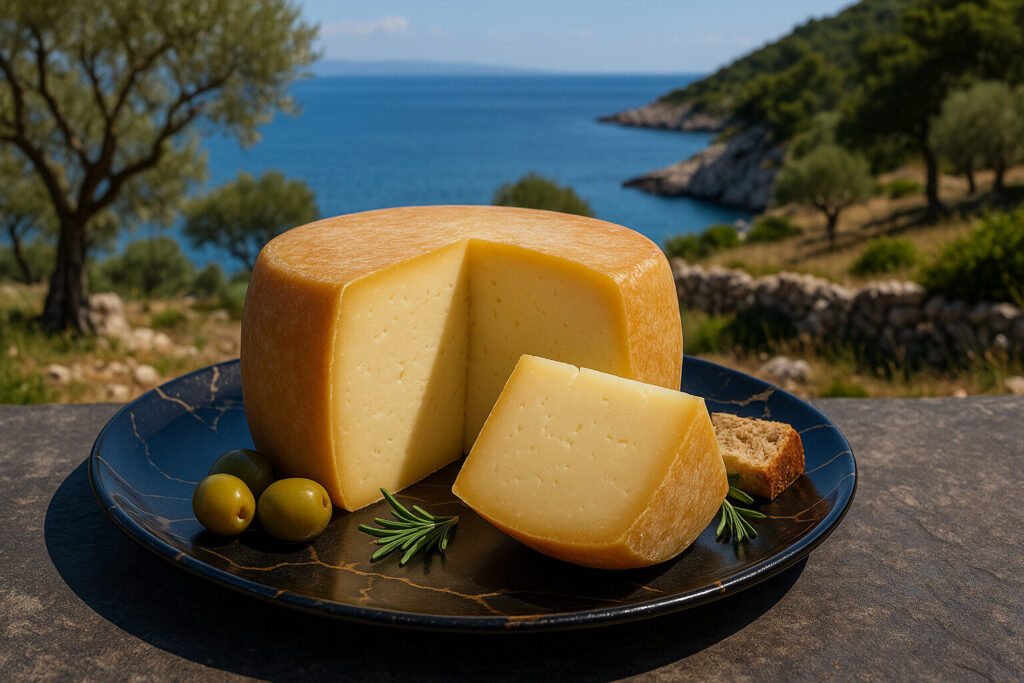Cheese Of Greek Islands
Definition and Scope
Cheeses from the Greek Islands represent a distinct category within Mediterranean dairy traditions. These products are primarily crafted from sheep’s milk, sometimes blended with goat’s milk, reflecting local livestock practices. Their production remains deeply rooted in island-specific microclimates and artisanal methods.
This category encompasses both protected designation of origin cheeses and traditional village varieties. Feta, while nationally significant, originates from mainland specifications rather than island exclusivity. Island cheeses demonstrate remarkable diversity across archipelago regions from the Ionian to the Aegean Sea.
Production Methods
Traditional Greek Island cheesemaking relies on small-batch techniques often passed through generations. Many varieties undergo brine-curing, which preserves them in the warm Mediterranean climate. This process creates characteristic salty flavors and crumbly textures in finished products.
Production typically involves natural rennet and raw milk, contributing to complex flavor development. Aging occurs in cool stone cellars or temperature-controlled facilities. The duration ranges from several weeks for fresh cheeses to months for harder, aged varieties.
Sensory Profile
Greek Island cheeses present pronounced salty and tangy notes derived from brining processes. Their textures vary from moist and crumbly to semi-hard depending on aging duration. Sheep’s milk imparts a distinctive rich, creamy character with occasional peppery undertones.
These cheeses often carry subtle herbal notes from animals grazing on wild thyme, oregano, and other native vegetation. The terroir influences mineral nuances particularly evident in cheeses from volcanic islands. Balanced acidity and lingering savory finishes characterize most examples.
Culinary Applications
Greek Island cheeses serve essential roles in both traditional and contemporary Mediterranean cuisine. They frequently appear crumbled over horiatiki salads or baked in savory pies like spanakopita. Their saltiness makes them ideal for balancing sweet components in composed dishes.
These cheeses melt beautifully when grilled or baked, forming golden crusts on saganaki preparations. They pair exceptionally with olives, tomatoes, and flatbreads in meze platters. Their robust flavors stand up to strong ingredients like garlic, lemon, and olive oil in classic recipes.
Regional Examples
Graviera from Crete represents a protected designation hard cheese with sweet, nutty characteristics. This cooked, pressed cheese ages for at least three months, developing crystalline textures in older versions. It remains the second most popular cheese in Greece after feta.
Myzithra from various islands offers a fresh, unsalted whey cheese with delicate lactose sweetness. Lesbos produces Ladotyri, a semi-hard cheese preserved in olive oil with piquant flavors. These regional specialties demonstrate the archipelago’s dairy diversity beyond mainstream varieties.

